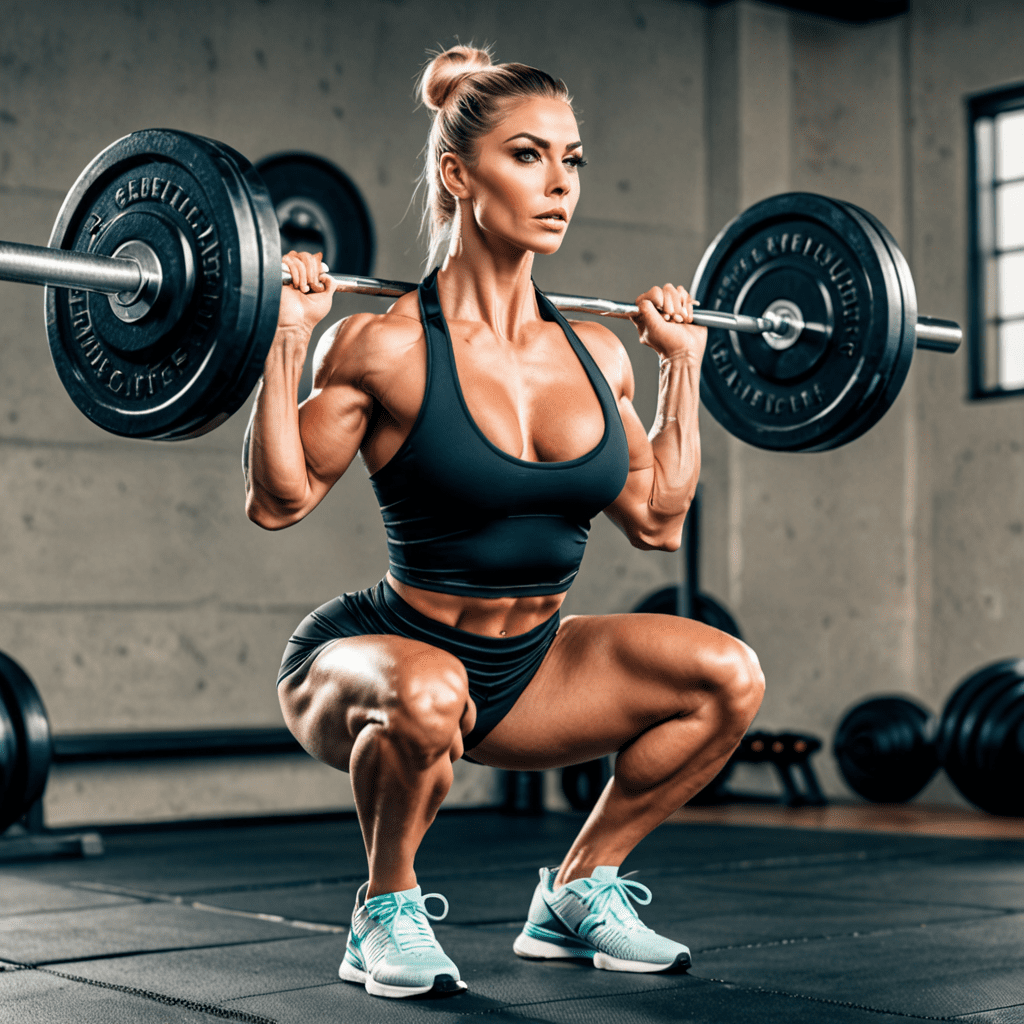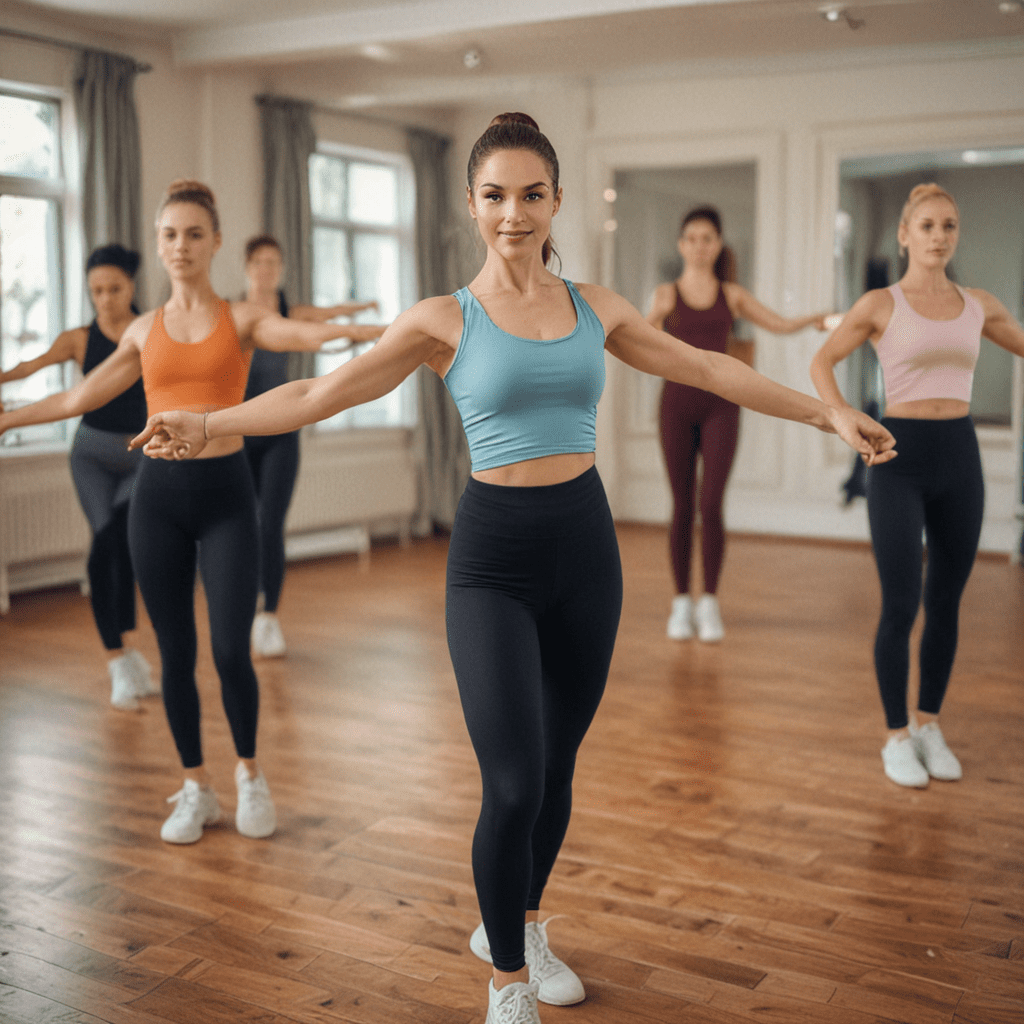
How to Perfect Your Squat Form and Maximize Results with a Low Position
When performing squats, getting low can significantly enhance the effectiveness of the exercise. Not only does it engage more muscle groups, but it also improves flexibility and mobility. In this article, we’ll delve into the importance of getting low when you squat and how to perfect your form to maximize results.
Understanding the Importance of Getting Low
Getting low in a squat is crucial for activating the glutes, hamstrings, and quadriceps effectively. It also helps in developing lower body strength and power. Additionally, squatting low can increase flexibility in the hips, knees, and ankle joints, which is beneficial for overall mobility and injury prevention.
Perfecting Your Squat Form
Proper form is essential for reaping the full benefits of squatting low. To perfect your squat form, focus on maintaining a neutral spine, pushing your hips back, and keeping your knees aligned with your toes throughout the movement. Engaging the core and maintaining balance are also key components of ideal squat form.
Maximizing Results with a Low Squat Position
By squatting low, you engage more muscle fibers, leading to greater muscle activation and strength gains. Additionally, a full range of motion in the squat helps in improving mobility, flexibility, and functional strength. It also contributes to better overall athletic performance and reduces the risk of injury during physical activities.
Tips for Achieving a Low Squat Position
To achieve a low squat position, start by initiating the movement from the hips and gradually lowering your body while keeping your chest upright. Focus on maintaining stability and balance as you descend. It’s essential to go as low as comfortably possible while keeping the heels grounded and the knees tracking in line with the toes.
Common Mistakes to Avoid
One common mistake when squatting low is allowing the knees to collapse inward, which can lead to injury. It’s also important to avoid rounding the lower back or shifting the weight excessively forward onto the toes. These errors can compromise form and reduce the effectiveness of the squat.
Frequently Asked Questions (FAQ)
Q: Is it necessary to squat below parallel?
A: While squatting below parallel is beneficial for engaging a wider range of muscles and improving mobility, the depth of the squat should be determined by individual flexibility and comfort. It’s essential to prioritize proper form and avoid forcing excessive depth if it compromises technique.
Q: Can squatting low cause knee pain?
A: When performed with proper form, squatting low should not cause knee pain. However, individuals with pre-existing knee issues should consult a healthcare professional before attempting deep squats. It’s also crucial to gradually build strength and flexibility to support the knees during deep squatting.
Q: How can I improve my mobility for deeper squats?
A: Incorporating hip, ankle, and hamstring mobility exercises into your routine can help improve your ability to squat low comfortably. Stretching and mobility work, such as hip flexor stretches and ankle mobility drills, can contribute to greater flexibility and range of motion for deep squats.

